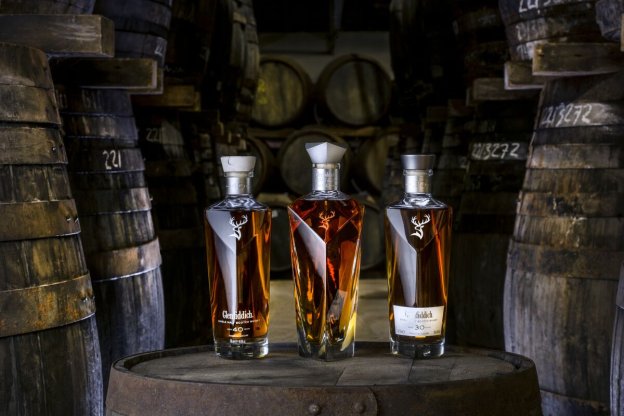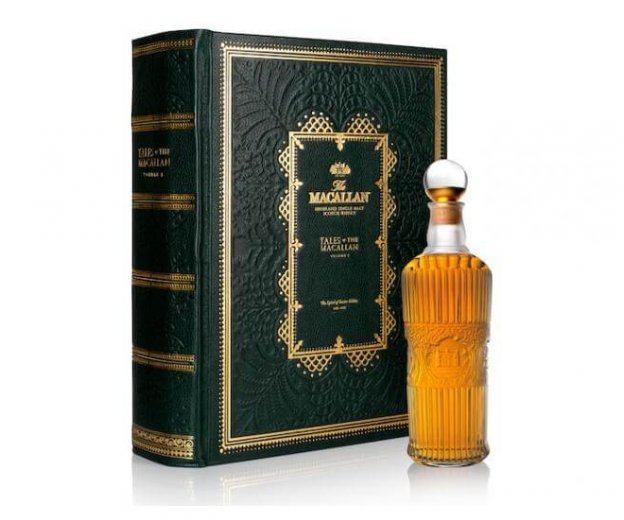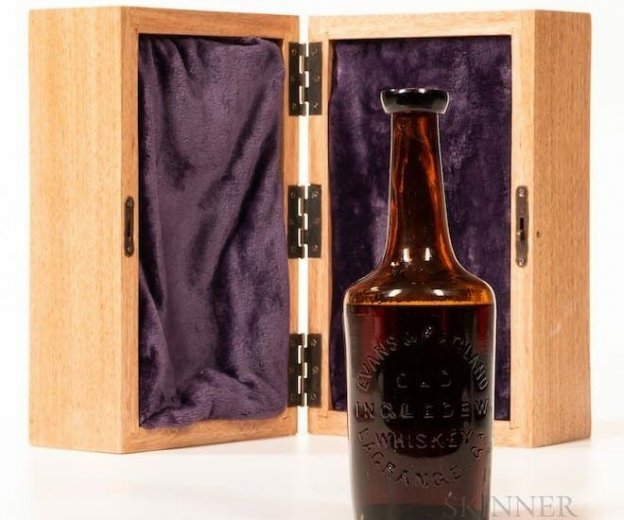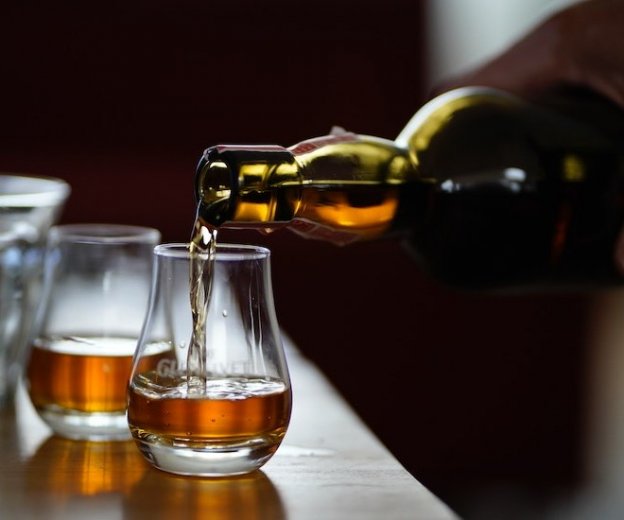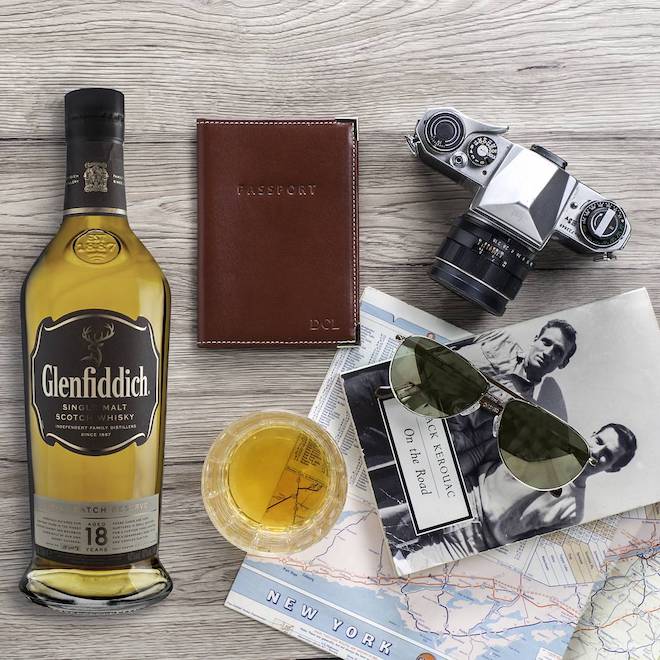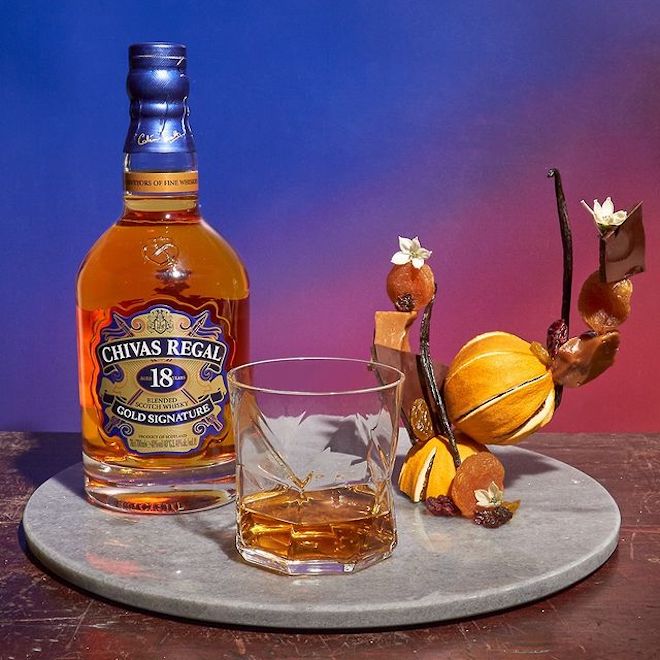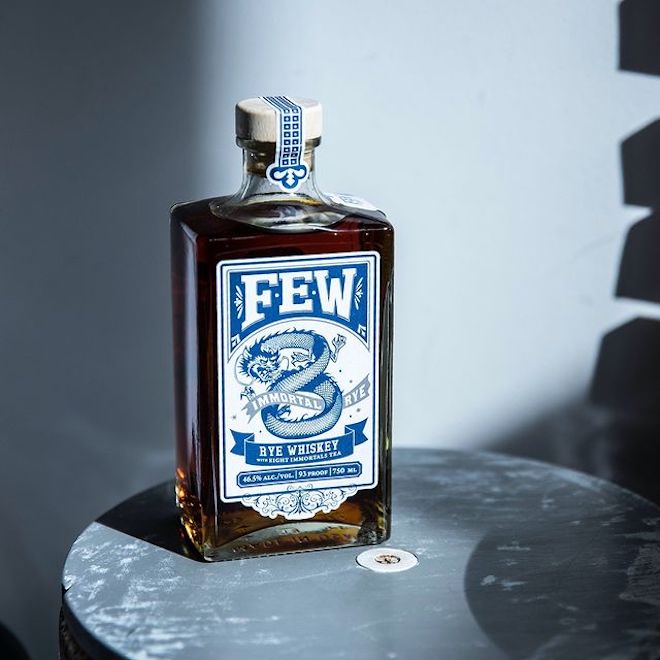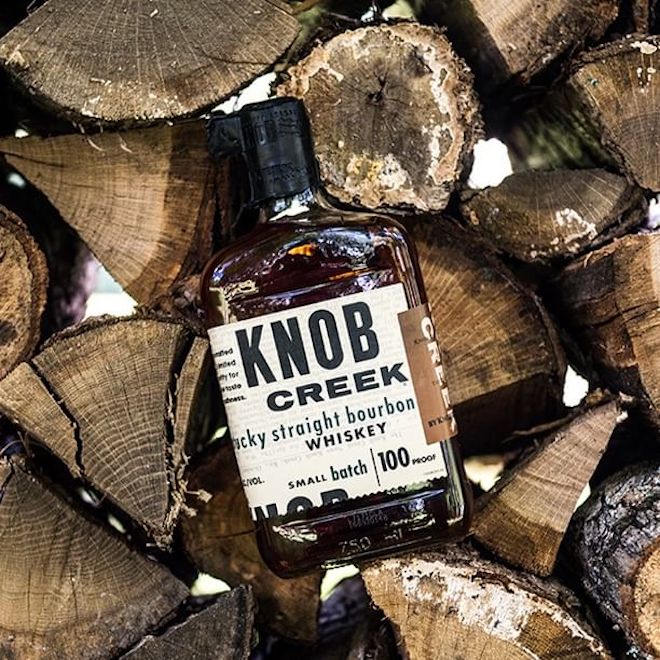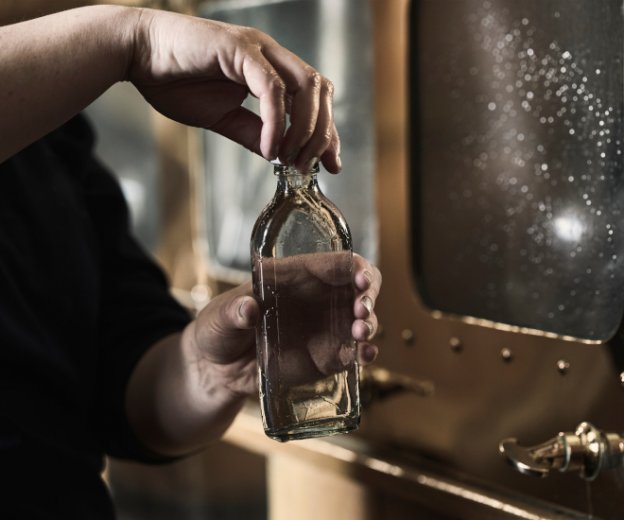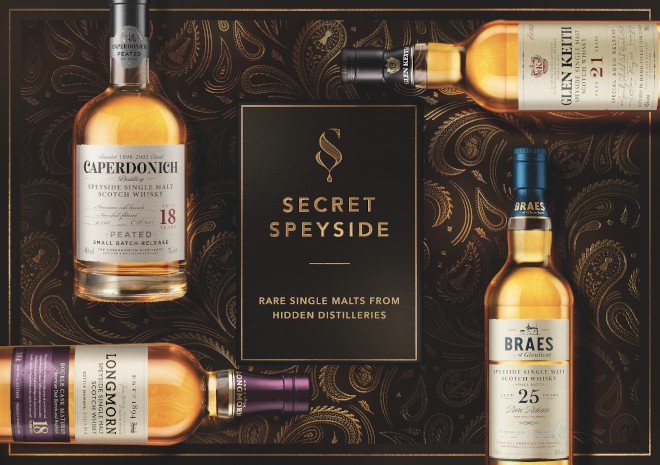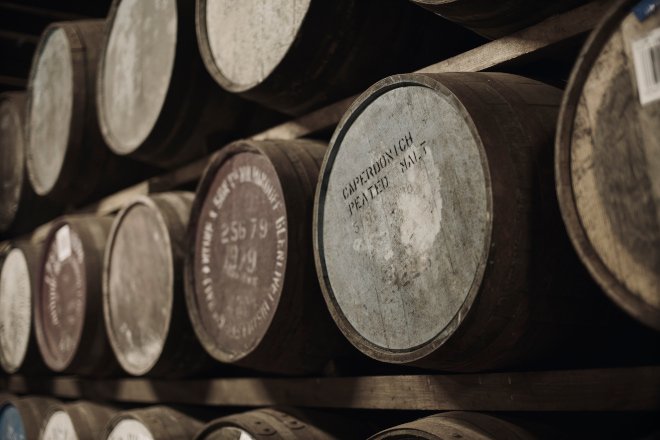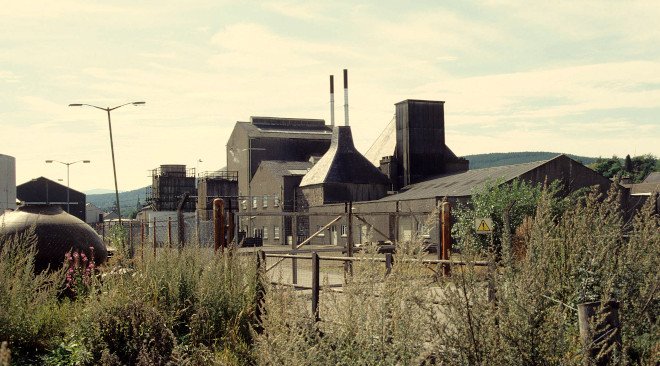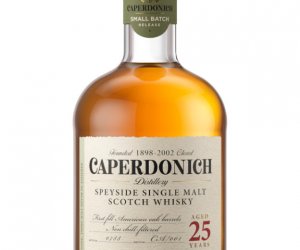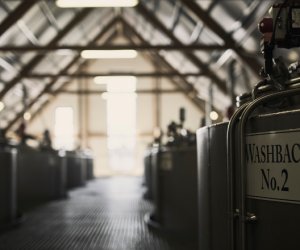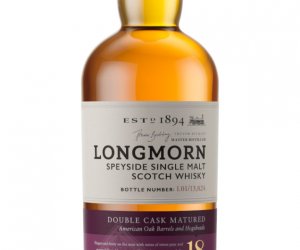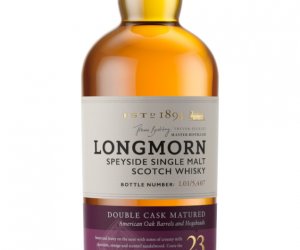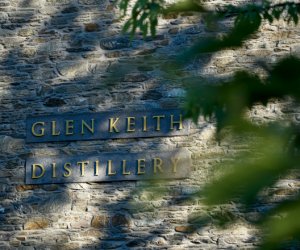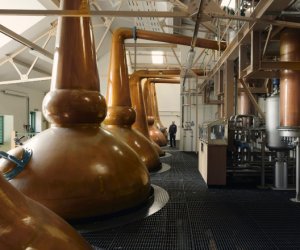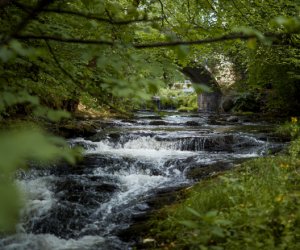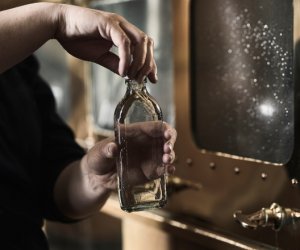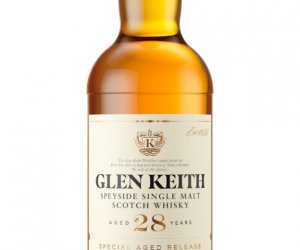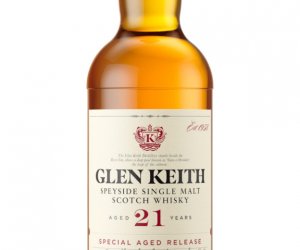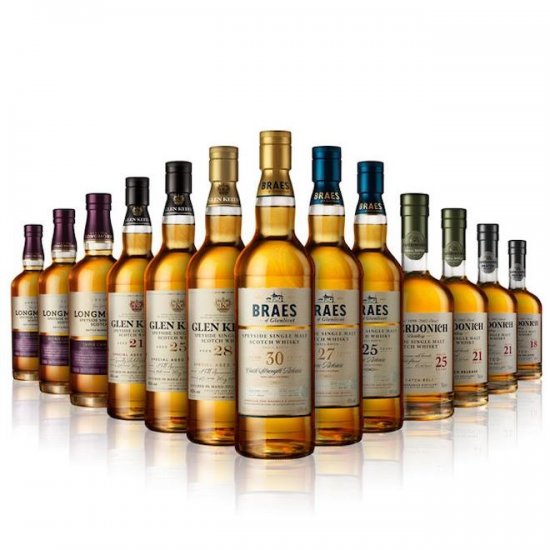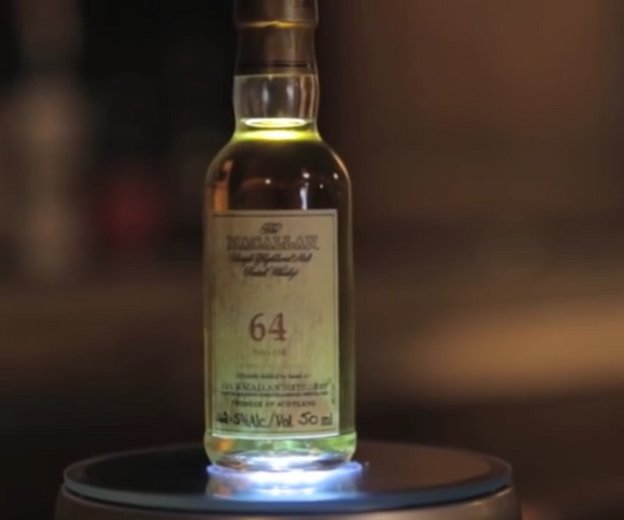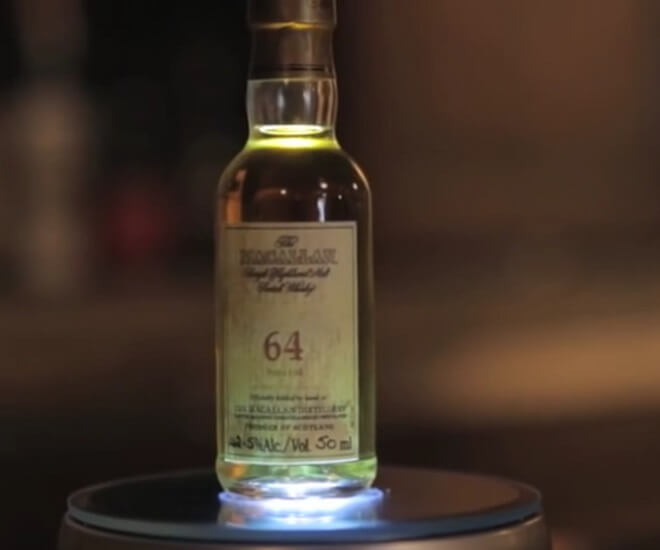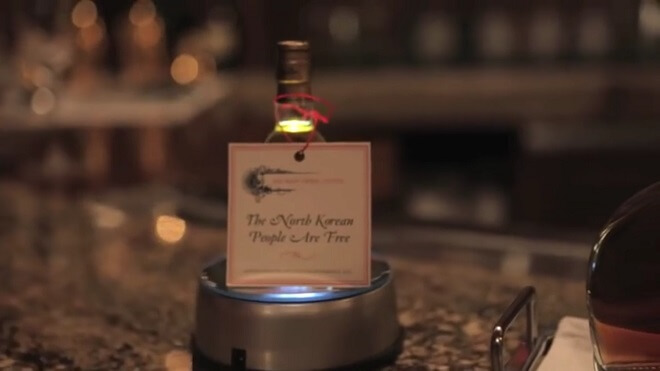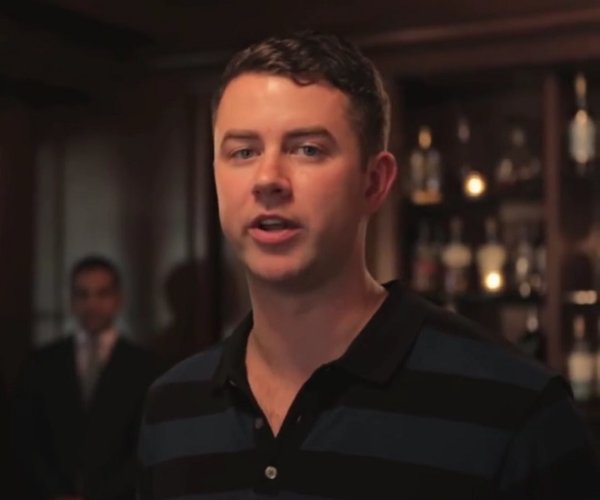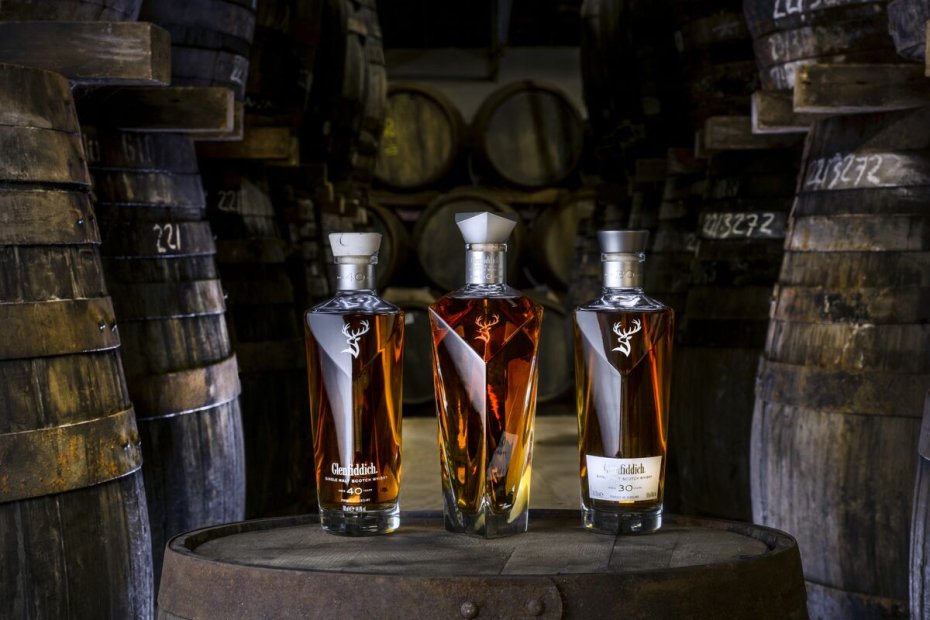
A distillery and brand with a rich heritage that started in 1886, Glenfiddich has been celebrated as one of the best single-malt whiskies in the world and now, it is set to marvel us with the new “Time Re:Imagined” series.
An exquisite trio of new whiskies that have been in the making since the 1960s, the “Time Re:Imagined” series showcases three unique bottles – the 30, 40 and 50-Year-Old single malt whiskies – all of which are created in reference to the concept of time, cementing the excellent craftsmanship and the height of Glenfiddich’s achievement in whisky making.
Marked the pinnacle of Glenfiddich’s signature distillery style, the 50-year-old is overseen patiently by three Malt Masters to redefine the concept of time.

We start off our journey with the rarest of the three: the 50-Year-Old edition named “Simultaneous Time” with only 220 decanters produced globally, making it an extremely rare and sought-after novelty for whisky connoisseurs. Derived from three different American Oak refill casks that are manufactured from the same warehouse, the golden liquid is then married and finished in another American Oak refill cask for two years, resulting in a unique taste that has evolved through various climatic conditions that makes this batch of whiskies truly unique and something that can never be replicated.
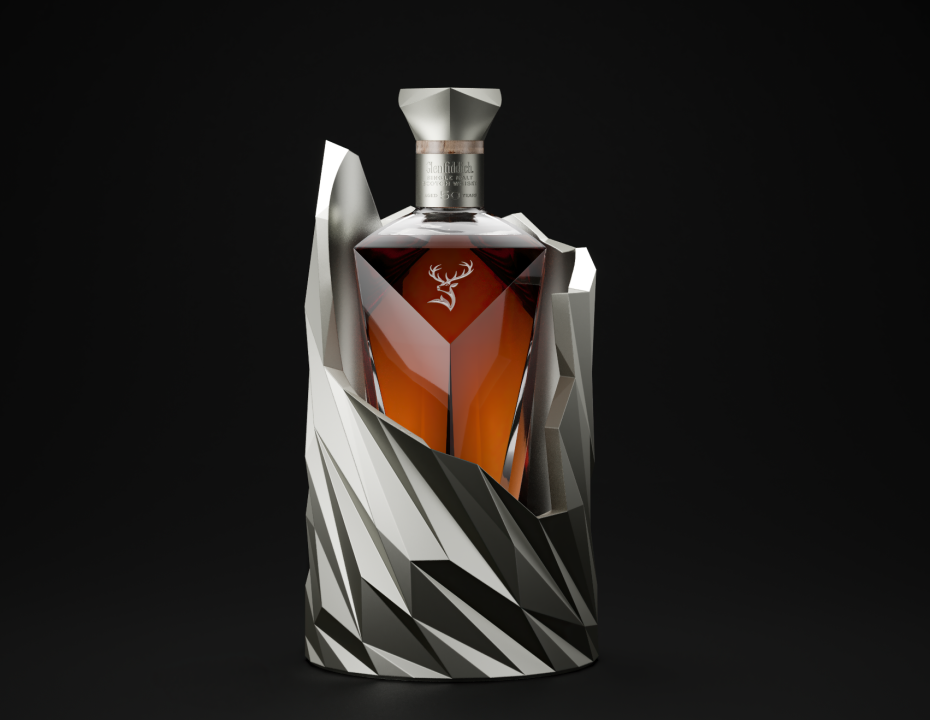
Finishing off this collectible bottle is an artistic design created by Manuel Jiménez García, a computational architect, who took meteorological data from the fifty years of its making and reinterpreted it into a unique design for its outer casing. On the nose, the golden liquid brings forth notes of citrus (both orange and clementine), Madeira cake and muscovado sugar that evolves into softer floral notes of dew and geranium, while on taste, you will be greeted with a deep, silky smooth oak tannin with hints of sun-dried vanilla.
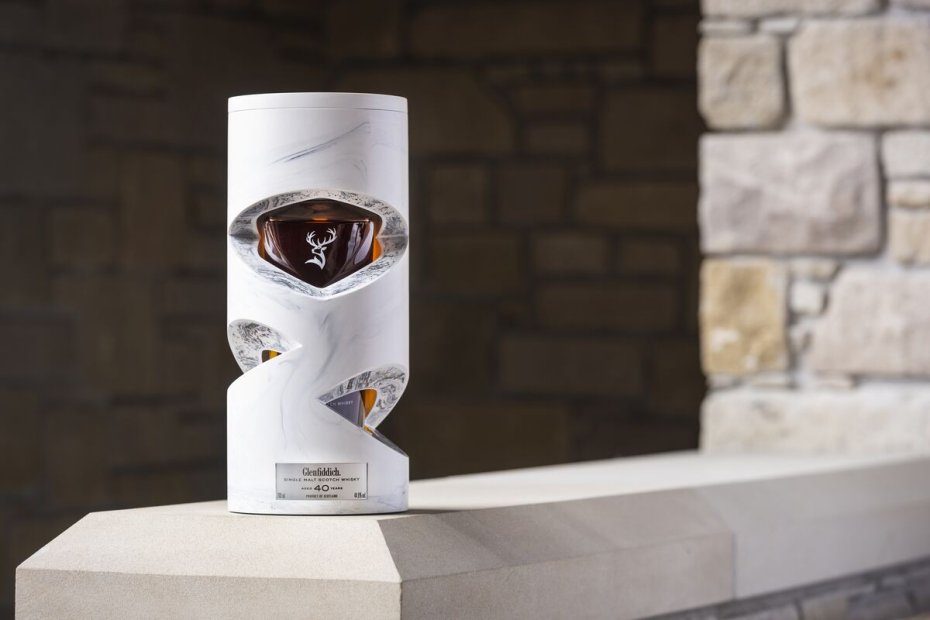
Onwards to the next bottle, we have the 40-Year-Old edition, the “Cumulative Time”, a bold representation created using remnant vatting process, a method unique to Glenfiddich where the distillery utilises remnants of the previous batch to manifest its concoction. Through this unique process, the 40-Year-Old bottle highlights the accumulation of flavours over time that adds complexity to the taste of the liquid. To house this extravagant bottle of Glenfiddich whisky, García takes inspiration from the concept of geological metamorphosis to create a sculptural stone-like outer casing that reflects the fine movement and evolution of the earth. The case and stopper are created from jesmonite, a material with individual characteristics that render every piece completely unique, reflecting the concept of cumulative time, where each bottle’s pattern design is unique to itself. For this bottle, we see a subtle tone of dark mahogany liquid that greets the nose with fruity and warm chocolate notes that dance with smoky undertones, which results in a bold and striking flavour to the senses.
On taste, the 40-Year-Old presents a more luxurious flavour with rich tones of raisins, fruits and stewed apple before toning down to dry oaky notes, with subtle hints of bitter chocolate and peat.
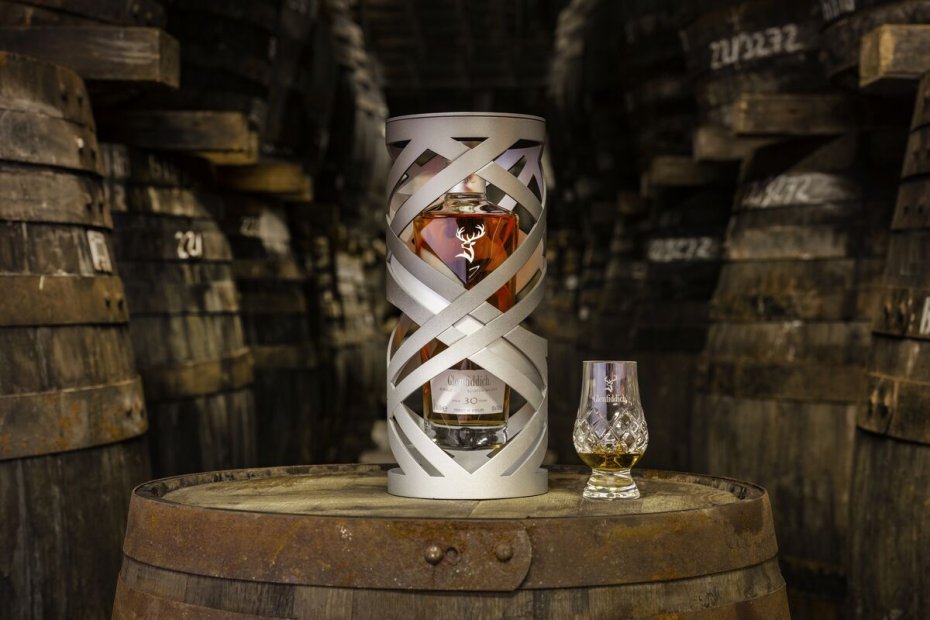
And finally, we have “Suspended Time”, the 30-Year-Old edition, the youngest of the trio, where Brian Kinsman, Glenfiddich’s Malt Master, suspends the whisky’s maturation to bottle it, to create a precise and sleek flavour profile. Like its flavour, the bottle design also showcases the concept of suspended time, where a swirl of ribbons is frozen in place to create elegant cut-out windows giving us a sneak peek of the decanter within.
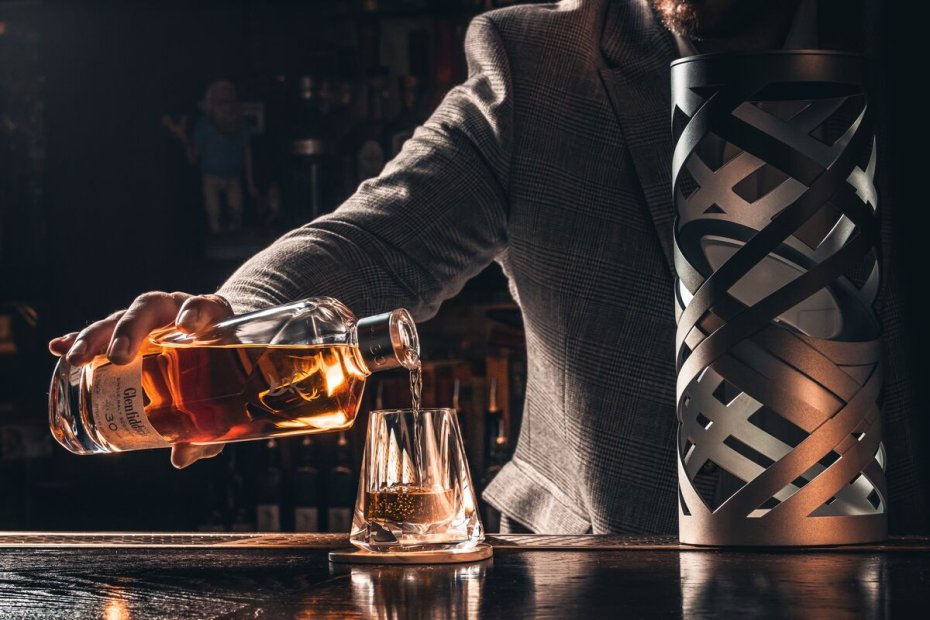
With a whisky that is captured at its most perfect moment, the 30-Year-Old bottle stands as a stellar staple that will tantalise the palate and create that ideal experience for all connoisseurs. On first whiff, the 30-Year-Old introduces a balanced profile of hearty oak and sherry notes, a calmer play on Glenfiddich whisky compared to the other two within the series. And when you bring it onto the palate, you will be rewarded with a luscious and complex combination of warm wood and floral nuances.
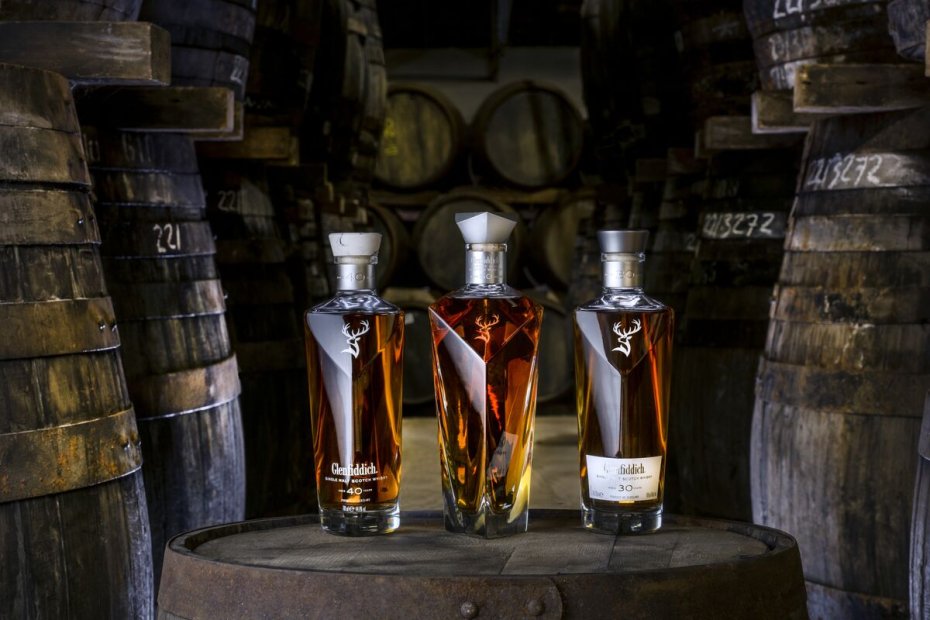
On the creation of these masterpieces, Brian Kinsman, Glenfiddich Malt Master, says: “In whisky production, we often talk about the role of Malt Masters and it is our responsibility to find the delicate balance between the taste of the whisky and the intensity of the oak cask. “But we don’t always acknowledge how each cask, each bottle, is absolutely unique because of the time it has spent maturing. Both nature and time play huge roles in making whisky taste like it does and Glenfiddich’s Time Re:Imagined collection pays homage to this process and the exquisite liquid it helps to create.” Each created as a standalone masterpiece akin to works of art in the world of single-malt whiskies, the “Time Re:Imagined” series is the epitome of excellence that Glenfiddich has pursued over the years of distillation. Truly marvellous and one for the books.
For more information and to purchase the Glenfiddich “Time Re:Imagined” series, you can
contact Glenfiddich directly via email: [email protected].
